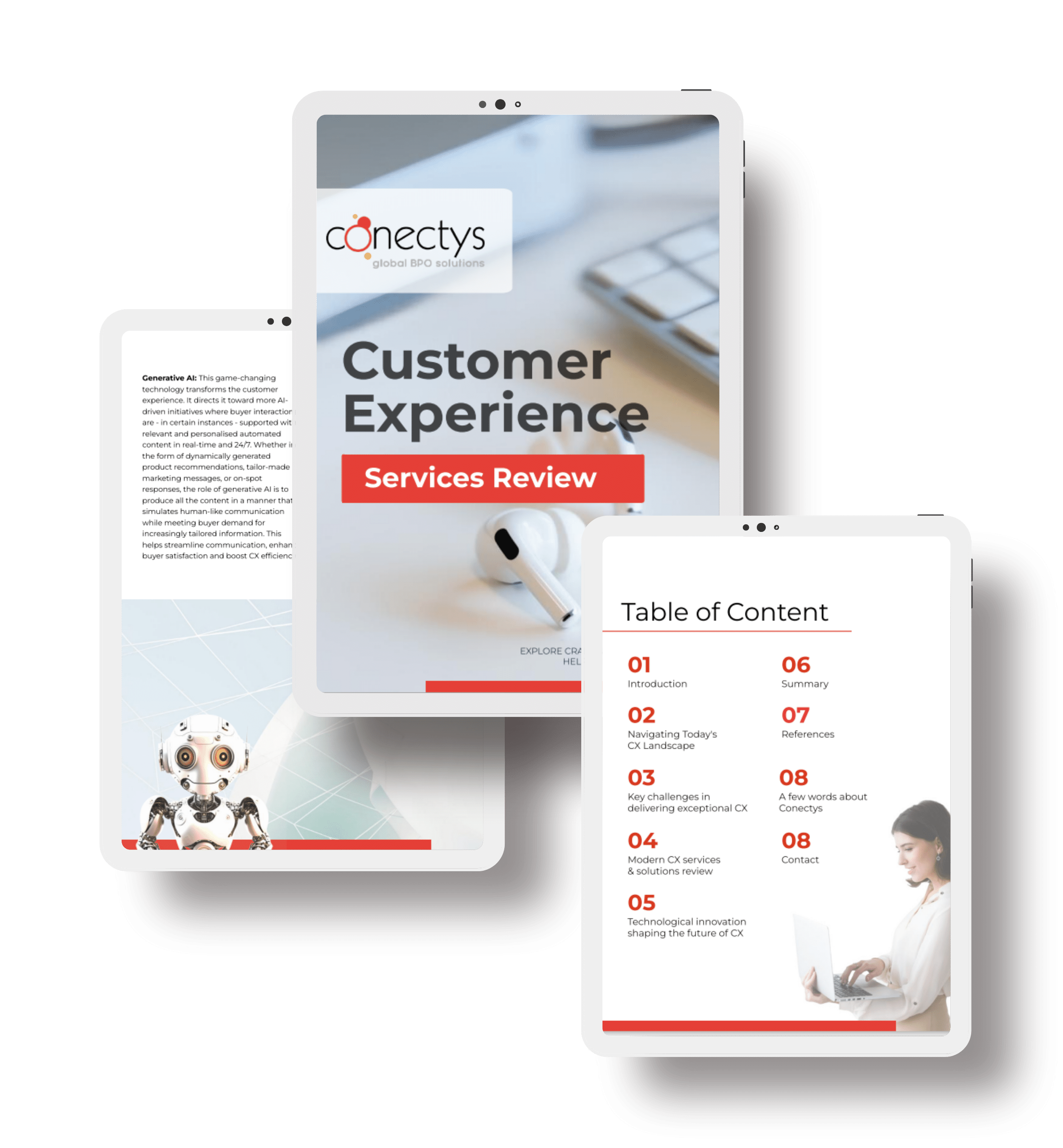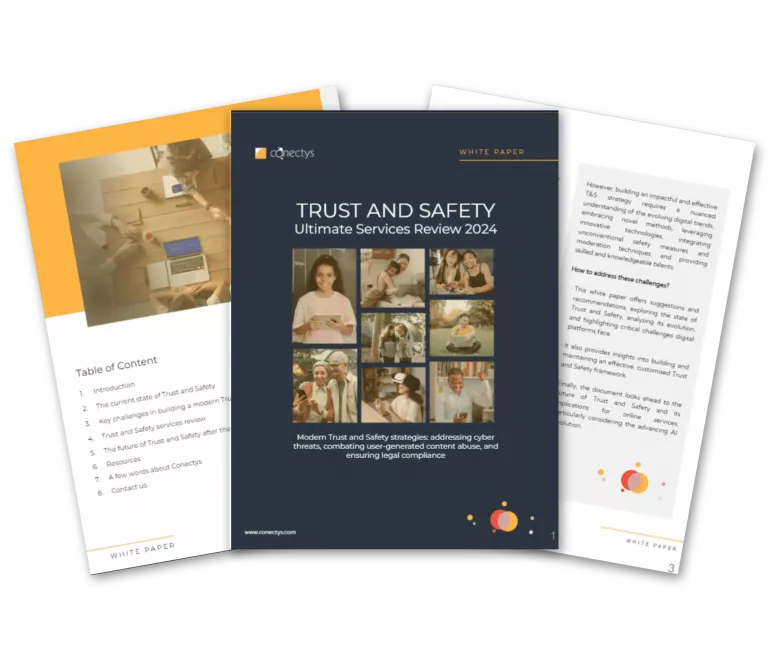Agent turnover is the percentage of customer service agents who leave and need to be replaced within a set period. In the world of call centers and BPO, this metric isn’t just a number—it’s a pulse check on your team’s health and your bottom line.
Why Agent Turnover Matters
High call center agent turnover can throw a wrench in your operations. Outbound and telemarketing centers sometimes see agent turnover rates as high as 100% per year. Even inbound and service-focused centers often face agent turnover rates between 30% and 45%. That’s a lot of recruiting, onboarding, and training—plus the risk of losing valuable know-how and customer trust.
What Drives Contact Center Agent Turnover?
Several factors can send your agent turnover rate soaring:
- Stressful, repetitive work – with 71% of service agents considering quitting in the past six months
- Pay that doesn’t match the demands – particularly when compensation falls below industry standards
- Few opportunities for career growth – 70% of employees leave due to lack of advancement opportunities
- Tough performance targets and rigid schedules – contributing to work-life balance issues affecting 41% of agents
- Not enough training or support – inadequate onboarding and ongoing development
- A negative or unsupportive workplace culture – lack of recognition affects 47% of departing employees
The Real Cost of High Agent Turnover
Reducing agent turnover isn’t just about keeping seats filled. High agent churn means:
- More money spent on hiring and training – with replacement costs averaging $10,000 per frontline agent
- Lower customer satisfaction and service quality – as inexperienced agents handle complex issues
- Loss of experienced agents’ skills and knowledge – creating operational disruptions
- Lower morale for the team that stays – affecting overall engagement levels
- More stress and risk of burnout for everyone – as remaining agents face heavier workloads
How to Reduce Agent Turnover
Ready to tackle agent turnover reduction? Here’s how to reduce agent turnover and keep your best people:
Hire for fit, not just for speed
- Use skills-based assessments over experience alone – resulting in 40% lower first-year turnover
- Look beyond standard qualifications to assess cultural fit and soft skills
- Implement comprehensive behavioral interviews to find genuine enthusiasm
Invest in thorough training and ongoing skill-building
- Extend onboarding from 2 to 4 weeks for significantly better 6-month retention
- Provide personalized training paths tailored to individual agent profiles
- Use mixed learning formats including e-learning, workshops, and one-on-one coaching
Map out clear career paths and advancement opportunities
- Create transparent progression frameworks from agent to team lead to supervisor
- Offer development opportunities that can lower turnover by 34%
- Facilitate regular career goal discussions and match them with growth possibilities
Build a positive culture with real work-life balance
- Implement flexible scheduling and remote work options – reducing turnover by up to 25%
- Provide mental health support through on-site counselors and stress management programs
- Foster collaboration through intuitive internal communication tools
Recognize and reward top performers
- Implement performance-based rewards and recognition programs
- Use gamification systems to increase engagement and motivation
- Acknowledge achievements during team meetings and provide regular feedback
Give agents the right tools and tech to do their jobs well
- Deploy AI-powered assistance tools that significantly reduce handle time and stress
- Implement omnichannel platforms for major improvements in agent efficiency
- Use automated quality monitoring for consistent coaching and performance improvement
Support agents with strong, empathetic leadership
- Provide regular one-on-one time with personalized coaching
- Create open communication channels where agents can suggest improvements
- Use workforce management tools for better scheduling that reduces burnout
Regularly ask for feedback—and act on it
- Conduct exit interviews to reveal pain points and systemic issues
- Monitor leading indicators like satisfaction surveys and engagement levels
- Analyze performance metrics to identify stress points before they cause departures
Reducing customer service agent turnover isn’t just a “nice to have.” Companies that invest in their agents through better hiring, comprehensive training, and ongoing support see dramatic improvements in both retention and customer satisfaction. Ready to see how agent turnover reduction can boost your results? Let’s talk.


